Editor’s Note: This CNN series is, or was, sponsored by the country it highlights. CNN retains full editorial control over subject matter, reporting and frequency of the articles and videos within the sponsorship, in compliance with our policy.
In a country best known for its soaring skyscrapers, modern architecture and sprawling desert, wildlife isn’t always what comes to mind when people think of the United Arab Emirates (UAE). But Dubai-based photographer Anish Karingattil is determined to change that.
Originally from India, Karingattil moved to Dubai 17 years ago and began photographing wildlife shortly after, specializing in macro photography, using extreme close ups. Highlights of his stunning portfolio of images, taken across the seven Emirates, include a scorpion with her babies, an Arabian horned viper hiding in the desert sand, and two black and yellow mud daubers covered in dew drops.
“Photographers get to tell a story through images,” Karingattil says. “Macro photography allows me to see life and the world around me in a brand-new way.”
Despite its hot climate and harsh desert, the UAE is home to over 1,000 plant and animal species. The waters around the country are home to the largest concentration of Indian Ocean humpbacks dolphin in the world, and the second-largest population of dugongs, after Australia.
With the UAE’s president recently extending the country’s “Year of Sustainability” into 2024, Karingattil uses wildlife photography as a method of capturing the country’s biodiversity and sharing it with others.
While interior design is his full-time job, “herping” is his passion. “Herping is the act of observing, studying, and photographing reptiles and amphibians in their natural habitats,” says Karingattil. “It is a popular hobby among nature enthusiasts and wildlife photographers who are fascinated by the diversity and beauty of these creatures.”
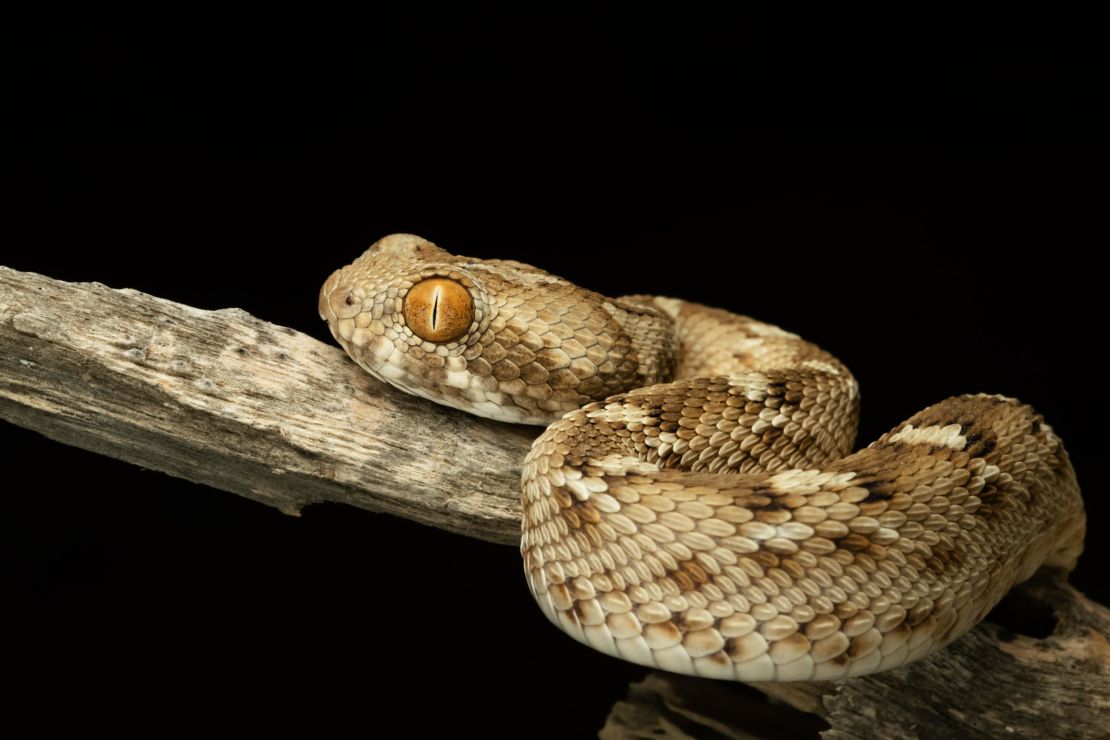
But photographing potentially dangerous animals like snakes and spiders takes a lot of preparation. Before attempting to photograph any wildlife, Karingattil says it is important to research its behavior, habitat and potential risks to understand how to approach it safely and minimize the risk of harm to both the photographer and the animal.
For Karingattil, conservation is an important aspect of wildlife photography, which he believes can serve as a powerful tool for advocacy.
“By documenting the beauty and fragility of the natural world, photographers can help policymakers and the general public understand the value of protecting the environment and the need for sustainable practices,” he says. And with over 69,000 followers on Instagram, Karingattil uses social media to educate people about the species he photographs.
Biodiversity in the UAE
The UAE has 49 terrestrial and marine protected areas, including eight in Dubai. Accounting for over 18% of the country’s land territory and 12% of its marine and coastal territory, these protected areas are often natural reserves which include all the major ecosystems found in the region: mountain, desert, coastal and marine.
Andrew Gardner, associate director of Biodiversity Conservation at Emirates Nature-WWF, says wildlife conservation is recognized as an “important responsibility and obligation by the UAE.” For example, the country is a signatory to multiple international conservation conventions, such as the Convention on Biological Diversity, and has helped reintroduce animals such as the Arabian oryx to the Arabian Peninsula. According to Gardner, there are now over 1,600 oryx in two of the UAE’s protected areas, and thousands more in zoos across the region.
However, rapid development and population growth across the Emirates mean that “53% of bird species, 46.7% of mammal species, 19% of reptile species, and 8% of plant species” are endangered, according to a government report.
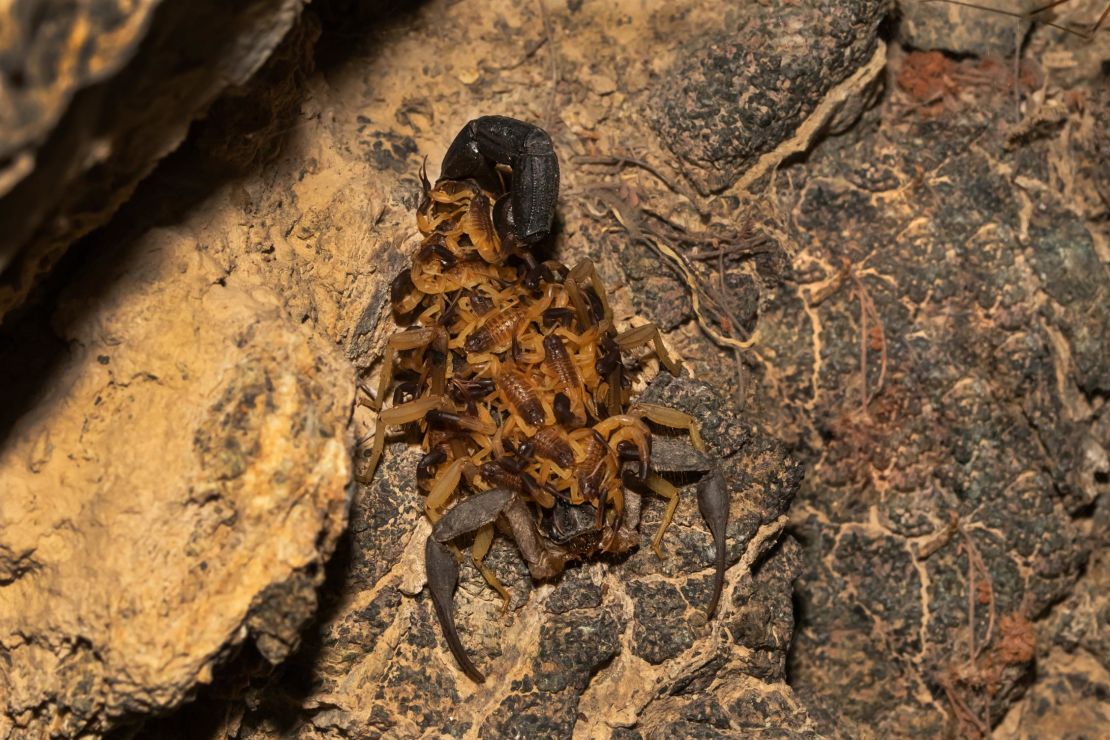
Gardner says the Arabian wolf and striped hyena have both gone extinct from the UAE in recent decades, and a small population of Arabian leopards that lived the Hajar Mountains until the mid-1990s are now also believed to be extinct.
Karingattil points to habitat loss, climate change and overfishing as some of the major threats facing wildlife in the UAE, but one issue he thinks people should take more action against is plastic pollution.
“Whenever I explore the desert or other areas, I make it a point to clean up the surroundings,” he says. “By removing litter and debris, we can reduce the impact of human activities on the natural world.”
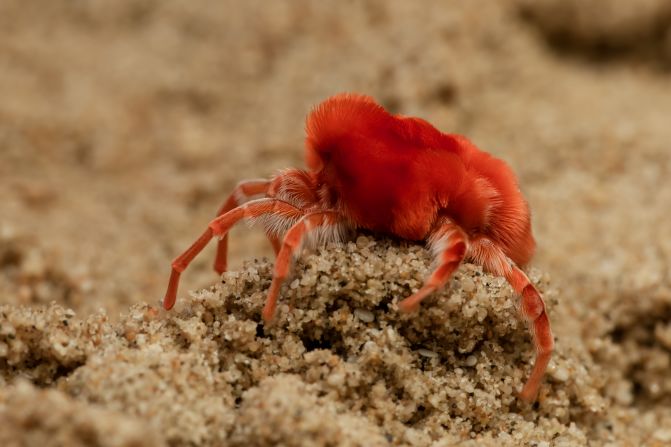
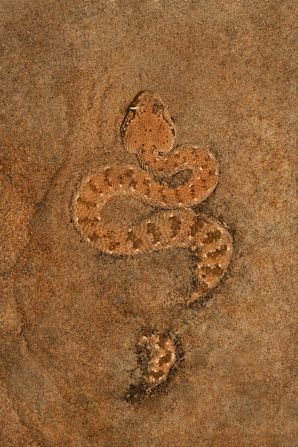
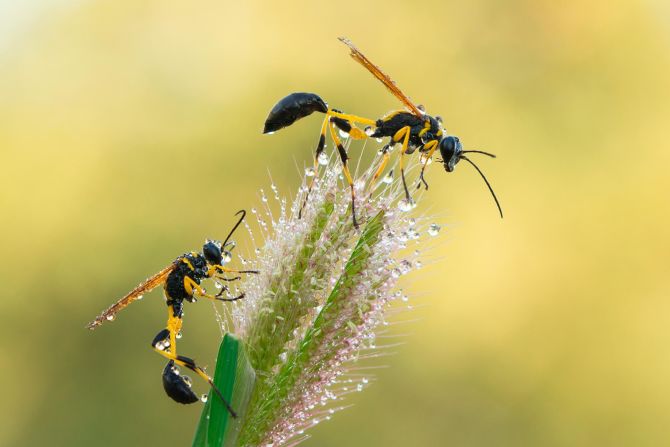

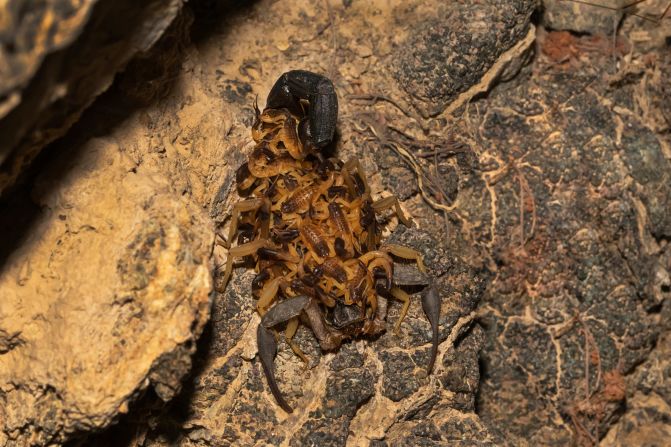
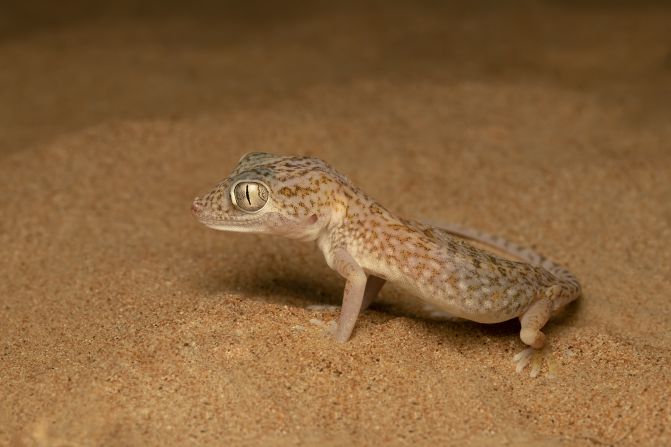
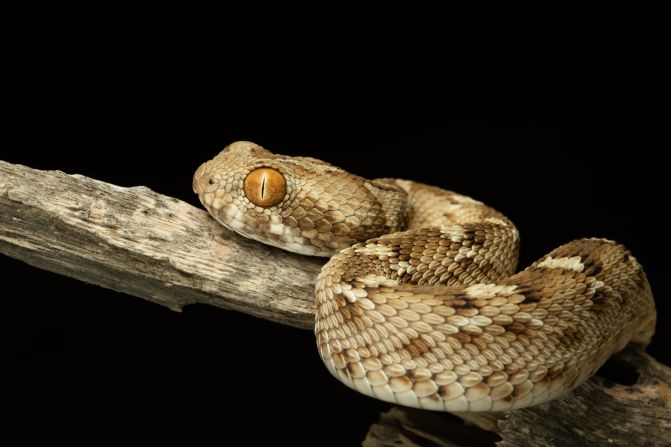
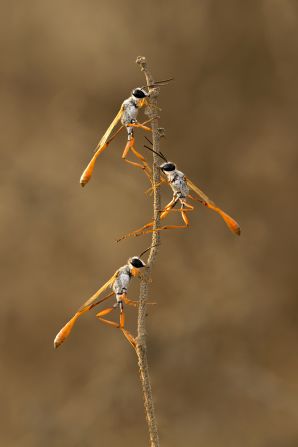
![This photograph shows two houseflys mating, covered in dew drops. Karingattil enjoys macro photography like this because it allows him "to see life and the world around [him] in a brand new way."](https://media.cnn.com/api/v1/images/stellar/prod/240222095531-09-dubai-photographer.jpg?c=original&q=h_447,c_fill)


